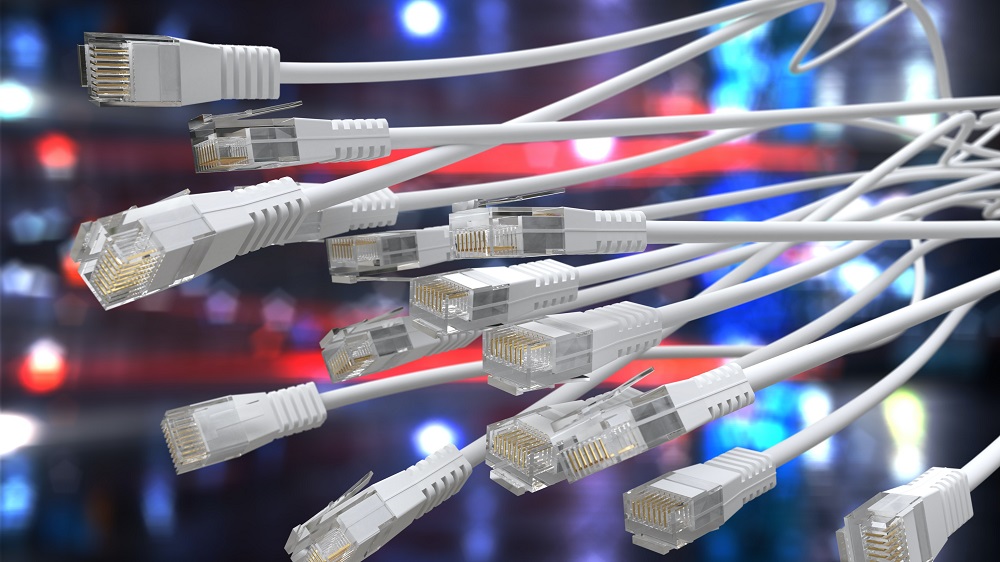- All
- Product Name
- Product Keyword
- Product Model
- Product Summary
- Product Description
- Multi Field Search
Views: 52 Author: Site Editor Publish Time: 2023-05-02 Origin: Site
Direct-inserted surface-mount technology (SMT) wiring terminals are commonly used in electronics manufacturing for a variety of applications. They offer several advantages and limitations, which are important to consider when choosing this type of terminal for a specific application. In this answer, I will outline the advantages and limitations of direct-inserted SMT wiring terminals.
Direct-inserted surface-mount technology (SMT) wiring terminals have become increasingly popular in recent years due to their advantages over other types of wiring terminals. These advantages include space-saving, cost-effectiveness, high-density packaging, and enhanced reliability.
Advantages:
Space-saving: Direct-inserted SMT wiring terminals are designed to be mounted directly on the surface of a printed circuit board (PCB). This saves space on the board by eliminating the need for through-hole mounting and reduces the overall size of the PCB.
Cost-effective: Since direct-inserted SMT wiring terminals require less material and manufacturing processes, they are often less expensive than other types of wiring terminals. They also reduce assembly time and labor costs.
High-density packaging: Direct-inserted SMT wiring terminals can be placed in high-density configurations, allowing for greater flexibility in PCB design. This is particularly useful in applications where space is limited, such as portable electronics and wearables.
Enhanced reliability: Direct-inserted SMT wiring terminals are more reliable than through-hole mounting since they are less prone to damage during assembly and can withstand higher levels of shock and vibration.

Limitations:
Limited wire size: Direct-inserted SMT wiring terminals are typically designed for use with smaller wire gauges, which can limit their use in applications requiring larger wires.
Solder joint reliability: Since direct-inserted SMT wiring terminals rely solely on solder joints to secure the wire to the PCB, their reliability can be affected by changes in temperature and vibration.
Surface contamination: Direct-inserted SMT wiring terminals are susceptible to contamination from dust, debris, and other environmental factors. This can lead to poor solder joints and reduced reliability.
Difficulty in repair: In the event of a failure, direct-inserted SMT wiring terminals can be difficult to repair or replace since they are mounted directly on the surface of the PCB.
In conclusion, direct-inserted SMT wiring terminals offer several advantages in terms of space-saving, cost-effectiveness, high-density packaging, and enhanced reliability. However, they also have limitations related to wire size, solder joint reliability, surface contamination, and difficulty in repair. It is important to consider these factors when choosing direct-inserted SMT wiring terminals for a specific application to ensure that they are the best option for the intended use case.
A terminal block is a compact, insulated base with metal contacts that lets you clamp, join, and distribute conductors without soldering. If you’ve ever routed power to a drive, brought sensor leads into a controller, or handed off field wiring to a PCB, you’ve used one. Understanding what is a term
As a Engineer ,It is very important to choose globally recognized premium terminal blocks .these manufacturersas below: Phoenix Contact, WAGO, Weidmüller, Eaton, Molex, Amphenol, Harting, and Shanye Electronics (subsidiary of Kefa Electronics). These industry leaders collectively dominate the $4.6
This article covers the technical features of spring-loaded and push-in terminals, and both the advantages and disadvantages of these technologies when it comes to installation practices, commissioning, footprint and authorisation for the North American market. Why do we need spring terminal block ?
Wiring a terminal block correctly is a fundamental skill in electrical work, ensuring safe and reliable connections. This article will help you to understand the essential steps, from preparing your wires to securing them properly within various terminal block types.ContentWhat are Terminal Blocks?R
What is terminal block ?terminal block, also known as a connection terminal, is a modular block used in electrical and electronics systems to connect and secure electrical wires or cables. It serves as a convenient and organized way to make electrical connections, whether for power distribution, sig
Terminal electronics is the key point at which a conductor from a electronic component, device or network comes to an end.Terminal may also refer to an electrical connector at this endpoint, acting as the reusable interface to a conductor and creating a point where external circuits can be connected